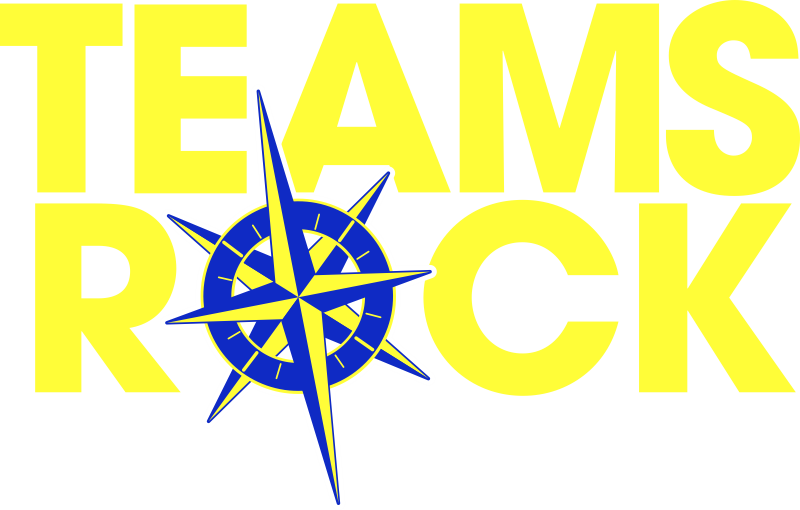From an employee development perspective, it is imperative that we understand and practice setting objectives that are achievable and that help us grow. I believe that the concept of taking action and moving away from inertia is a great philosophy. So let’s begin the process of determining where you are now, and how you plan to move toward future success.
 It is said that most people do not formally determine their goals and objectives because either they don’t know how, or they have never given the process much more that an occasional thought. Here are seven strategies to help you create and accomplish your employee development objectives.
It is said that most people do not formally determine their goals and objectives because either they don’t know how, or they have never given the process much more that an occasional thought. Here are seven strategies to help you create and accomplish your employee development objectives.
- Identify your values. You have many areas of your life: family, professional, financial, community, mental, and physical. Ask yourself, what is important to me in each of these areas?
- Set specific dates for reaching each objective. Break larger objectives into smaller, more manageable goals.
- Identify obstacles. List the obstacles that could slow you down.
- Consider others who can help you accomplish your objectives. Once determined, create positive alliances and relationships with those people.
- Spell out what you need to know. What special skills should you develop, and what knowledge do you need to gain, in order to reach your objectives?
- Develop a plan of action for every objective. Remember, Knowledge + Actions = Results. Bringing your daily activities into alignment with your personal values, and making a plan, will keep you on the right track.
- List (and review regularly) the benefits of reaching each objective.
Your mind is powerful tool. Taking time to follow this process, and becoming acutely aware of your desires, abilities, and challenges, sets in motion the events and behaviors necessary to move in a positive direction. This is drilled deeper into your mind every time you revisit your objectives.


Leave A Comment